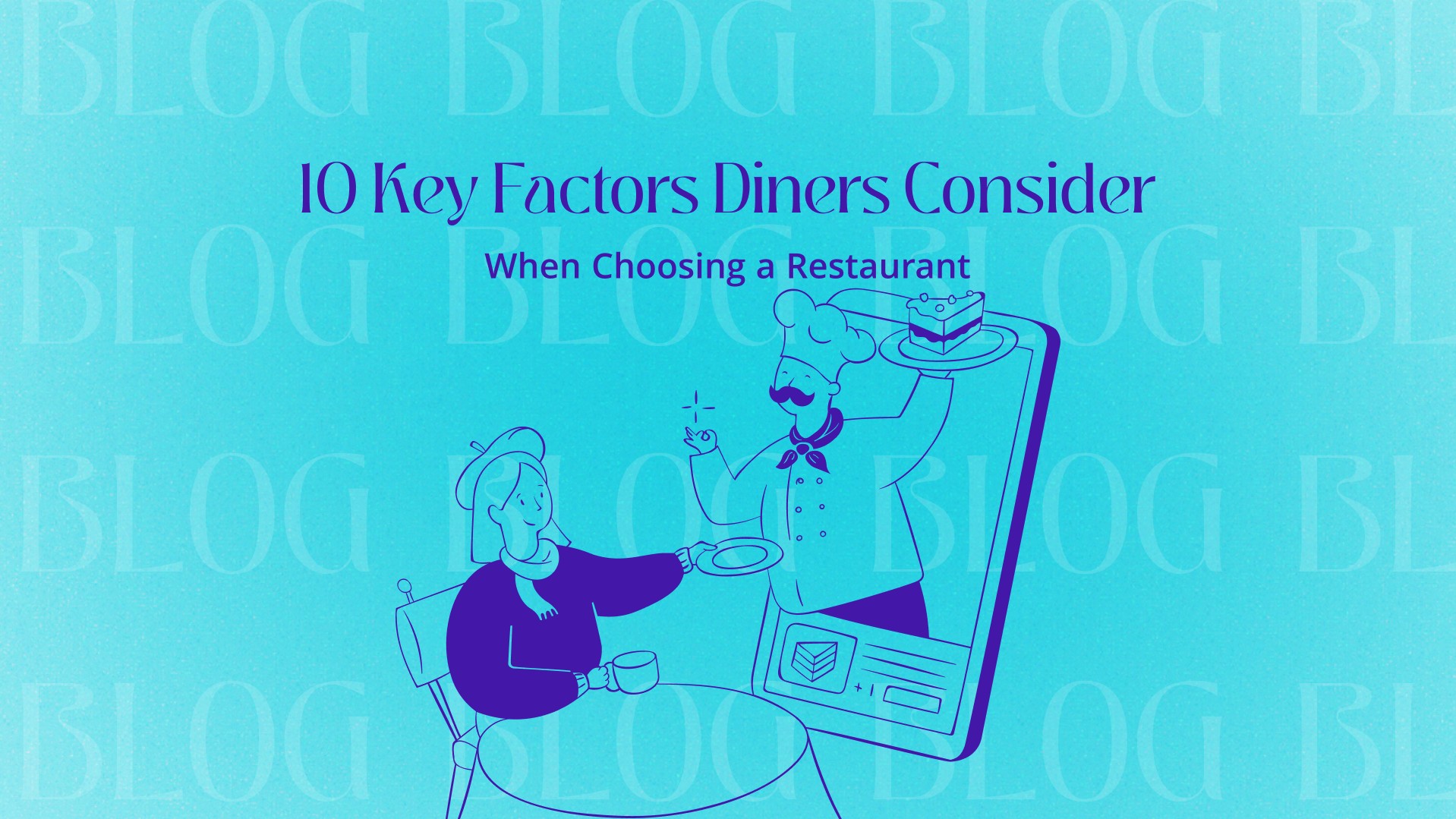Crafting the Perfect Restaurant Description: How to Write an About Page That Attracts Customers
Every restaurant has a story, and the About page is your chance to tell it. Whether you're a cozy family-owned bistro or a chic urban eatery, your restaurant description can make or break the first impression. It’s not just about listing facts—it’s about selling an experience. Here’s a guide on how to craft a compelling restaurant description that pulls customers in and keeps them coming back for more.

Why Your Restaurant’s About Page Matters
In today’s digital age, customers are more likely to browse your website before making a reservation. They want to know who you are, what makes your food special, and most importantly, why they should choose you over the competition. This is where your About page plays a crucial role. It builds trust, conveys personality, and showcases what sets your restaurant apart.
For more ways to boost your restaurant’s visibility online, check out iReview’s guide to reputation management and learn how to increase your chances of ranking higher in search engines.
1. Know Your Audience: Speak Their Language
Your restaurant description should reflect the kind of customers you want to attract. Are you aiming to pull in foodies looking for the latest culinary trend? Or perhaps you're catering to families seeking a comfortable, affordable meal? Tailor your language and tone to match your target audience.
Tips for Audience Targeting:
- Define your ideal customer: Are they young professionals, families, or tourists?
- Highlight your unique value: What makes your restaurant the best choice for your target audience?
- Use the right tone: A high-end dining experience may call for sophisticated language, while a casual eatery should be more relaxed and approachable.
“Your About page should reflect your restaurant’s personality, making a connection with your customers before they even step through the door.”
If you’re unsure about your audience, explore customer insights through iReview to understand what your current patrons appreciate most about your restaurant.
2. Tell a Story: Share Your Restaurant’s Journey
People love stories, and every restaurant has one. Whether you started as a food truck or grew out of a passion for family recipes, your story creates a personal connection with your customers. It humanizes your brand and makes your restaurant memorable.
What to Include in Your Restaurant Story:
- The inspiration behind your restaurant (passion for food, cultural roots, etc.)
- Your journey from idea to opening day
- Unique elements about your food, service, or atmosphere
- Your mission or vision for the future
For example, if your restaurant is known for using locally-sourced ingredients, mention your commitment to supporting local farmers. Customers resonate with businesses that share their values, so weave in details that make your restaurant more relatable.
3. Be Clear and Concise: Less is More
While storytelling is important, you don’t want to overwhelm visitors with lengthy paragraphs. Keep your About page concise, but meaningful. Focus on the key points that will resonate with your audience.
How to Write a Clear and Concise Restaurant Description:
- Start with a punchy headline: Grab attention right away with a powerful statement that reflects your restaurant's core identity.
- Use bullet points: Highlight key features like your location, signature dishes, or unique dining experience.
- Avoid industry jargon: Make it simple and easy to read. Don’t overload the reader with unnecessary details.
4. Include Visuals: A Picture is Worth a Thousand Words
The best restaurant descriptions go beyond words. High-quality images of your food, interior, and happy customers can enhance your About page and make it more engaging. Pairing visuals with your story creates an immersive experience, inviting potential customers to imagine themselves dining at your restaurant.
Visuals to Include:
- Mouth-watering food shots of your most popular dishes
- Photos of your staff in action, showcasing the warm, welcoming atmosphere
- Interior shots that highlight the ambiance, whether it’s cozy, chic, or trendy
5. Call to Action: Invite Them In
Once you’ve captivated your reader with your story, it’s time to convert them into customers. Finish your About page with a strong call to action. Invite your readers to make a reservation, visit your location, or order online.
Effective Call to Action Examples:
- “Ready to experience the best [type of cuisine] in [city]? Book your table today.”
- “Craving something special? Order online for fast, easy delivery.”
- “We can’t wait to welcome you to [Restaurant Name]. Visit us today and experience our passion for food.”
Conclusion: Creating an About Page That Sells
Your About page is your chance to sell the story of your restaurant, making it more than just a place to eat, but a destination. Focus on speaking to your target audience, telling an engaging story, and presenting a clear, concise message. Don’t forget to showcase visuals that bring your restaurant’s personality to life.
By using these strategies, you’ll create an About page that not only informs but also inspires customers to visit. Want to take your restaurant’s online presence to the next level? Explore how iReview can help you manage your reputation, rank higher on Google, and attract more diners.








